The strategy for crop development to 2030, with a vision to 2050, sets a target of exporting crop products to over 26 billion USD.
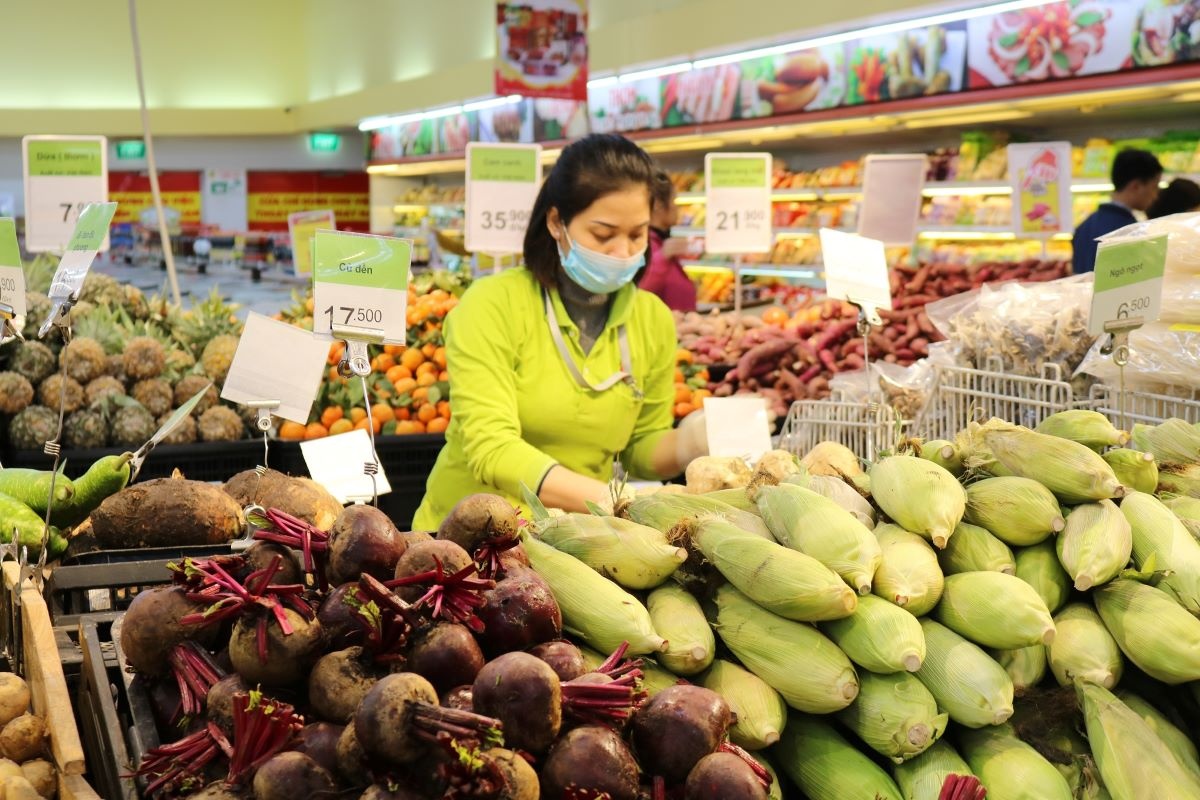 |
| The general goal of the Strategy is to develop cultivation into a complete, professional technical economic sector with highly competitive products. |
Deputy Prime Minister Tran Luu Quang has just approved the Strategy for Cultivation Development to 2030, with a vision to 2050, setting an export target of over 26 billion USD; average product value reaching 150 - 160 million VND/ha.
Accordingly, the Strategy approved in Decision No. 1748/QD-TTg sets the target that by 2030, the average growth rate of crop production value will be 2.2 - 2.5%/year; the average growth rate of added value of crop product processing industry will be 8-10%/year.
The rate of production area using good agricultural practices (VietGAP and equivalent...) is 10 - 15%, organic cultivation is 1%. The rate of value of crop products produced under the forms of cooperation and association reaches 30 - 35%. The export turnover of crop products reaches over 26 billion USD. The average product value per hectare of crop land reaches 150 - 160 million VND.
By 2050, cultivation will become a modern technical economic sector, among the top in the region and the world. Cultivation products are produced according to high-tech agriculture, organic agriculture, food safety and environmental friendliness. Vietnam is a deep processing center of world agriculture.
Regarding the development orientation of some key crops, the strategy identifies the development of rice production in concentrated planning areas with synchronous investment in transport infrastructure, irrigation, and logistics.
Maintain the area of 3.56 million hectares of rice land, of which 3.0 million hectares are specialized in wet rice cultivation, with an output of over 35 million tons of paddy, as the core to ensure national food security, meeting the needs of consumption, processing, storage and export. Of which, specialty and high-quality paddy accounts for 85 - 90%, and rice used for processing accounts for 10 - 15%.
According to the strategy, by 2030, the fruit and vegetable industry needs to reorganize production, forming concentrated production areas based on the advantages of ecological regions, processing plants and consumption markets. In particular, the strategy clearly states the priority of developing advantageous crops and consumption markets such as mango, banana, pineapple, etc.
For coffee trees, the cultivation industry will promote replanting and grafting to reach 107,000 hectares of coffee by 2025 with new, high-yield, high-quality varieties; at the same time, develop specialty coffee by 2030 with an area of 11,500 hectares and an output of about 5,000 tons.
The industry needs to promote processing, diversify coffee products, especially deep processing to increase value and create differentiation for Vietnamese coffee associated with building and developing the Vietnamese coffee brand.
In addition, exploiting the potential advantages of land, climate, and labor of sub-regions to develop rubber trees with high economic efficiency in the direction of sustainable development, linking production with processing and consumption of products. Intensive cultivation increases rubber productivity to 1.8 - 2 tons of latex/ha.
Source link


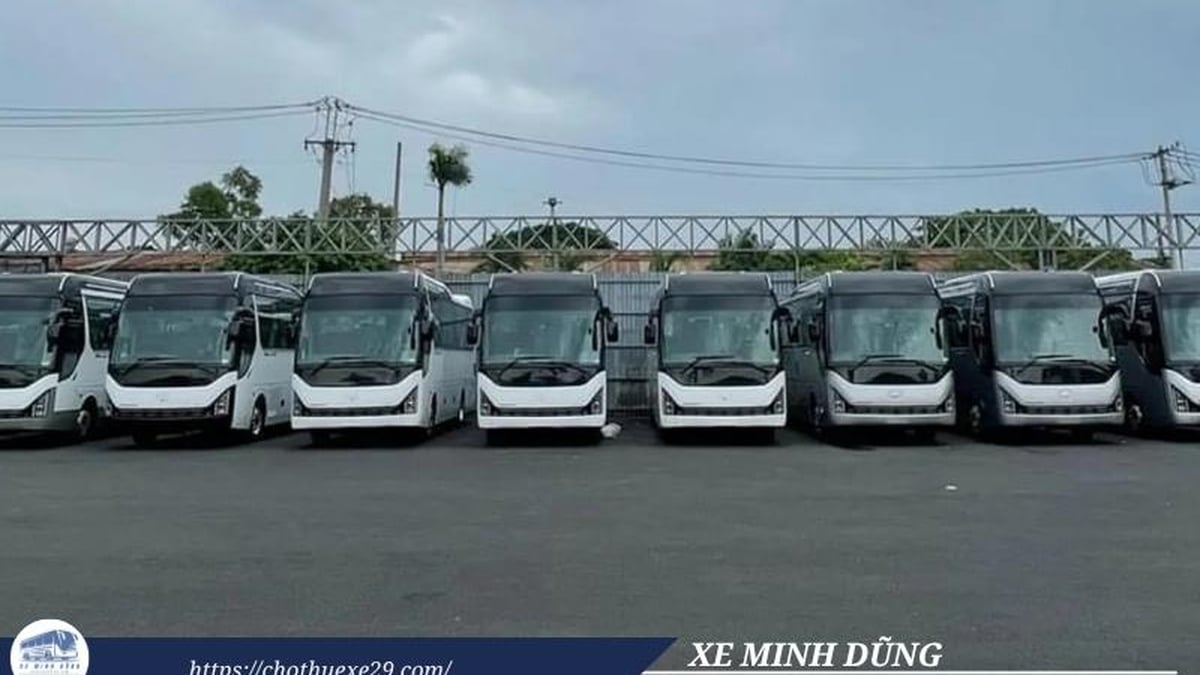
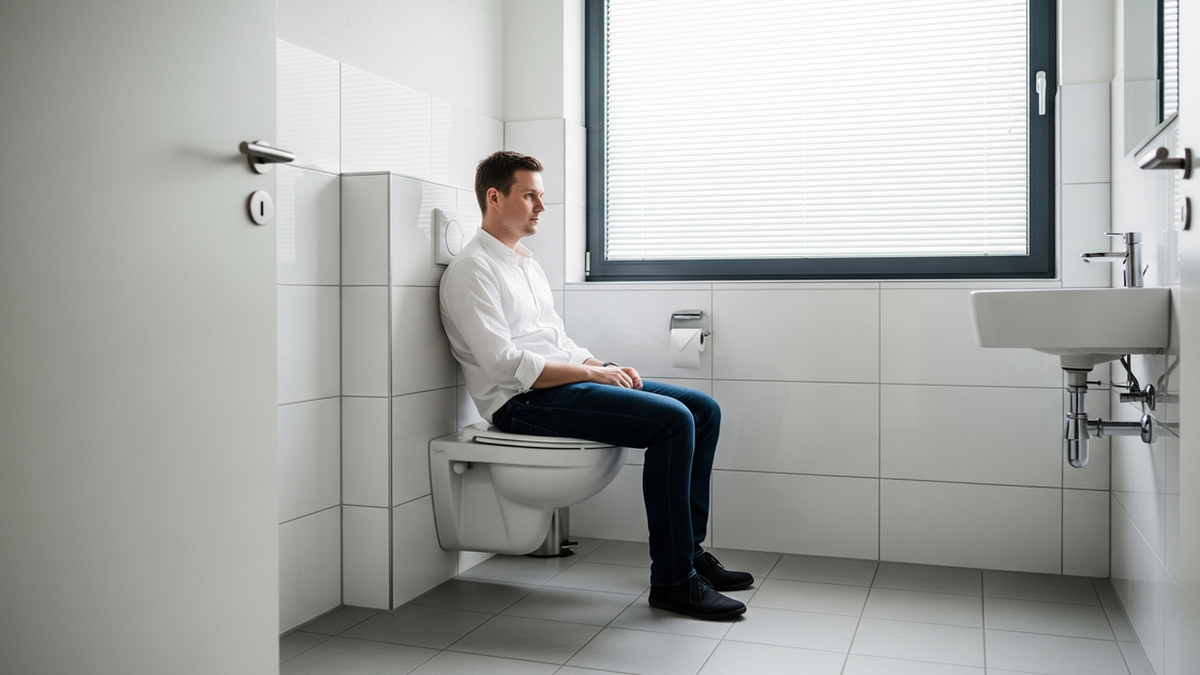
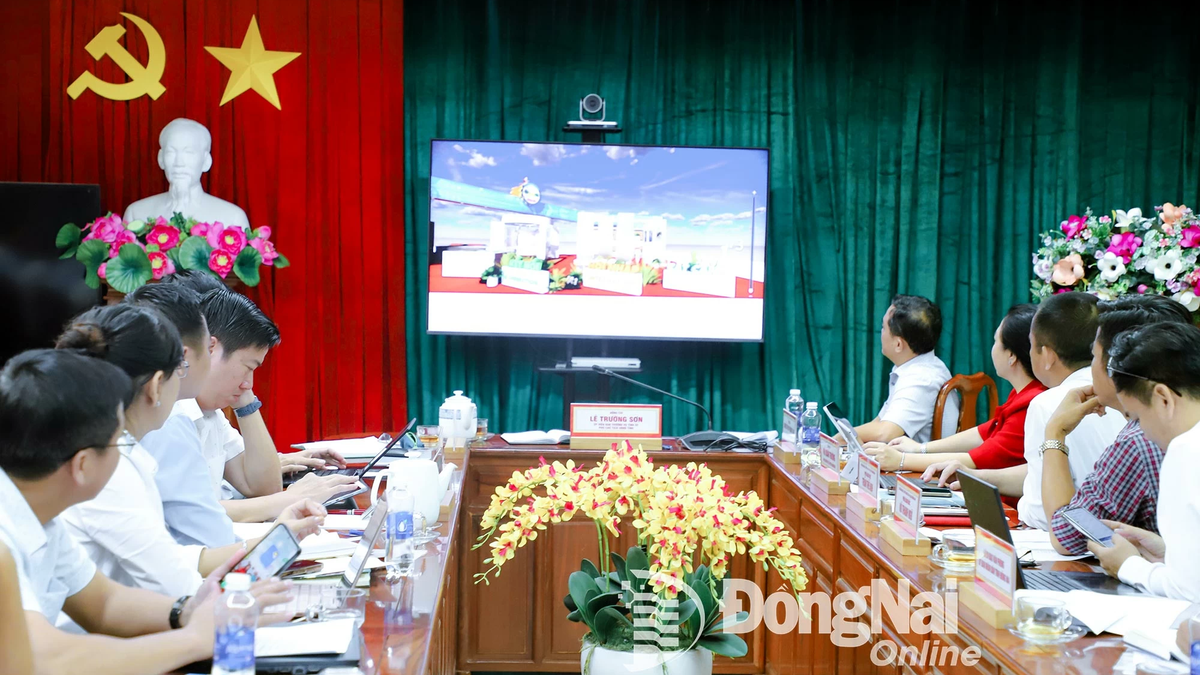
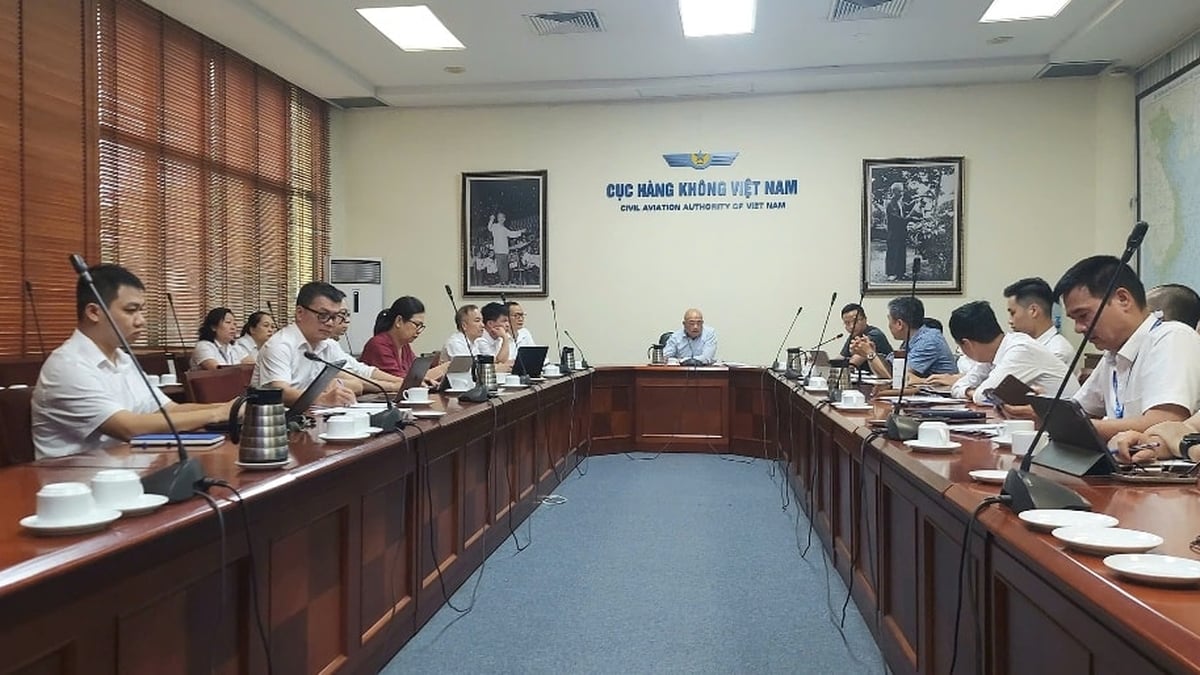




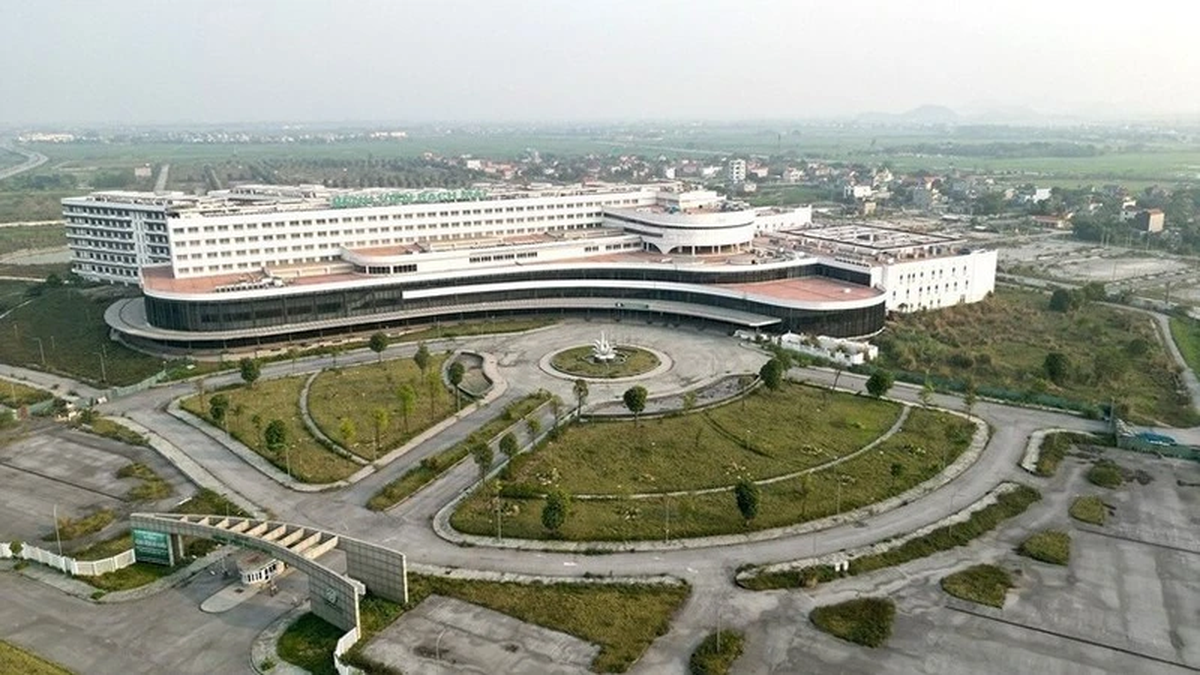




















![[Photo] National Assembly Chairman Tran Thanh Man visits Vietnamese Heroic Mother Ta Thi Tran](https://vphoto.vietnam.vn/thumb/1200x675/vietnam/resource/IMAGE/2025/7/20/765c0bd057dd44ad83ab89fe0255b783)






































































Comment (0)